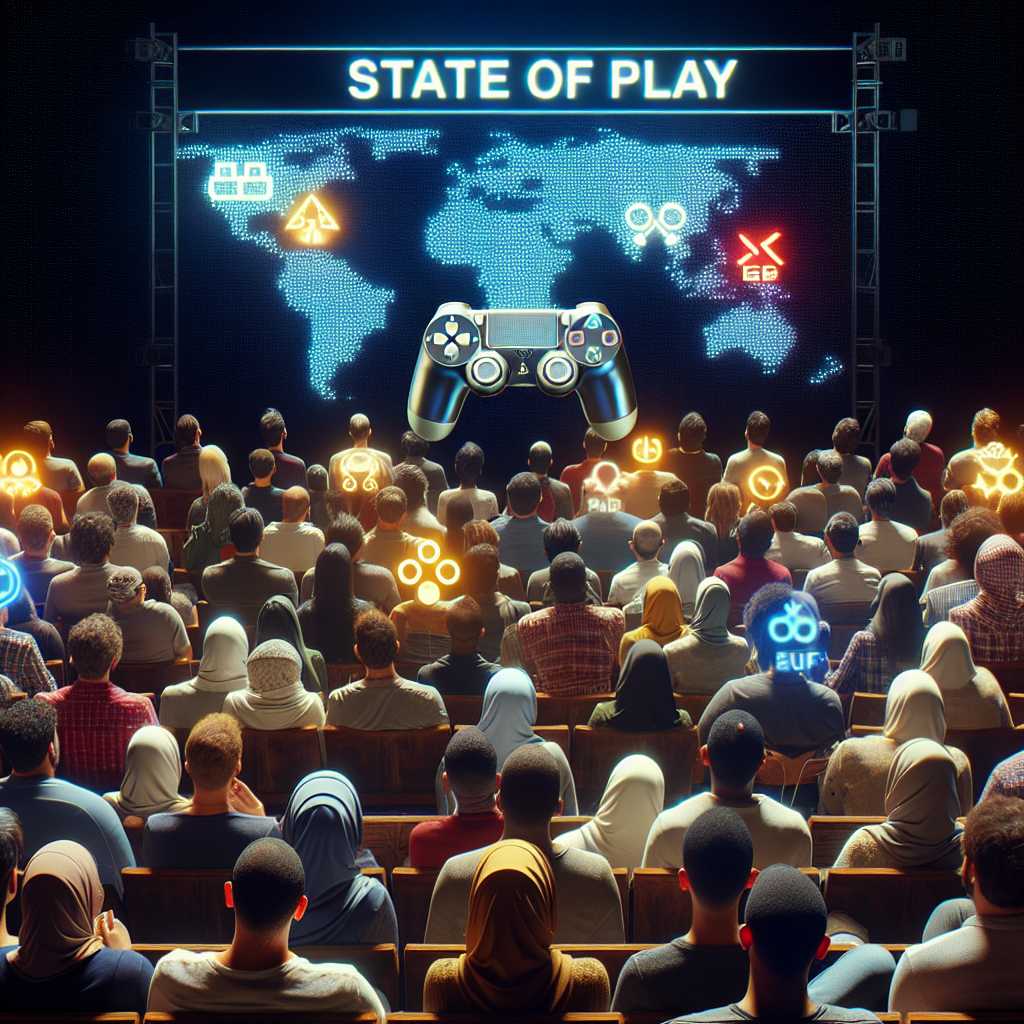The Evolution and Impact of Sony’s ‘State of Play’ Broadcasts
State of Play is Sony Interactive Entertainment’s programmed online broadcast designed to announce new games, showcase gameplay, unveil updates and make other important announcements concerning the world of PlayStation. Similar in concept to Nintendo’s ‘Direct’ broadcasts, State of Play serves as a strategy to maintain and expand the PlayStation community’s excitement and engagement with its platform and game titles. This article explores how State of Play has evolved since its inception, its impact on the gaming industry, and the differences that set it apart from competitors’ events.
Background and Introduction to State of Play
Sony introduced State of Play as a new avenue for delivering official news and updates directly to fans and consumers worldwide. Recognizing the shifting dynamics in media consumption, where live streams and social media announcements rule over traditional press release methods, State of Play was created to harness these modern means of communication. By doing so, they aimed not just to inform but also entertain their audience, creating an air of excitement similar to what attendees might experience at gaming expos like E3 or Gamescom.
Structural Format of State of Play Events
State of Play broadcasts are marked by a sleek production with pre-recorded footage edited together into a coherent presentation. This format allows Sony to control messaging and reveal content in a precise manner, emphasizing teaser trailers, gameplay footage, developer interviews, and cinematic experiences. The broadcasts vary in length and content focus but frequently last between 20 minutes to over an hour.
Impact on Product Announcements and Consumer Engagement
The introduction of State of Play bolstered Sony’s ability to create suspenseful buildups to big reveals for its PlayStation consoles. As direct conduits to the consumer base, these events have effectively streamlined announcement timings, leading to integrated global marketing efforts. The hype generated around each event translates into spikes in social media activity and discussions among gaming communities. It also enables a more controlled environment where reveals can occur without the noise or unpredictability of large trade shows.
Comparison to Previous Marketing Strategies
Before State of Play, Sony relied more heavily on industry events, press releases, and scattered social media posts to announce new titles or updates. Those channels are still in play today but are now augmented by State of Play events that concentrate exciting revelations within a timeframe often seen as an ‘event’ by the fans themselves.
Differences from Other Industry Member Reveals: Nintendo Directs and Inside Xbox
When considering offerings from other console manufacturers like Nintendo’s “Direct” or Microsoft’s “Inside Xbox,” State of Play holds its ground by utilizing a rapid-fire approach to announcements that can often feel incredibly dense with content for PlayStation enthusiasts. Where Directs have maintained a whimsy and casual narrative intertwined with their reveals, and Inside Xbox covers broader ecosystem news, State of Play tends towards a slicker affair focusing almost exclusively on upcoming games.
Influence on Gaming Industry Events
The decision by many gaming companies, including Sony, to launch proprietary broadcasting platforms results from a shift in how industry events are structured and consumed. These online presentations have allowed publishers like Sony to retain a year-round presence digitally, not confined by event schedules such as E3 or PAX. These events give companies control over timing and presentation. With State of Play broadcasts generating millions of views, the trend underscores their influential role within industry promotion cycles for titles coming to PlayStation consoles.
Challenges Faced by State of Play Broadcasts
Despite their success at engaging viewership digitally, challenges such as leak prevention, expectation management, and maintaining uniform excitement across all presented titles persist within the format. Moreover, due to its structure and strict programming, there might be limited room for surprise elements often relished in live event atmospheres.
